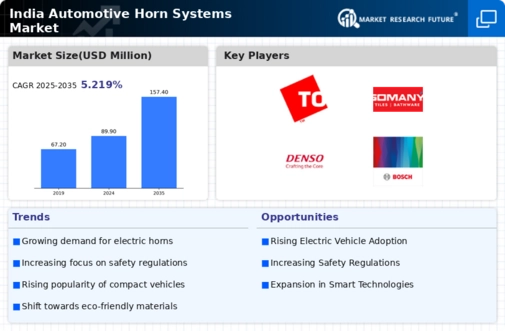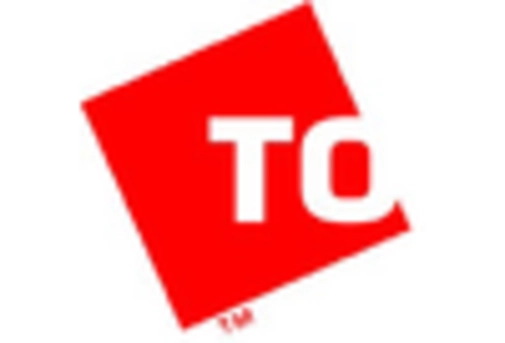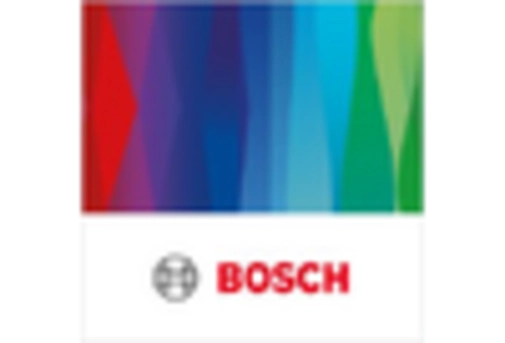The India Automotive Horn Systems Market has been experiencing substantial growth due to the increasing automotive industry and rising consumer preferences for advanced vehicle safety and communication features. The market is characterized by a blend of established players and new entrants, all vying for a significant share of this vibrant segment. As demand for automotive horns evolves towards more sophisticated technologies, like electronic and smart horns, manufacturers are adopting innovative strategies to enhance product offerings and cater to emerging consumer needs.
Key market dynamics such as regulatory pressures, automotive trends, and environmental considerations are shaping competitive approaches, driving the development of durable and efficient products that resonate with both manufacturers and consumers alike.
Automotive Lighting Italia has carved out a significant niche within the India Automotive Horn Systems Market, capitalizing on its innovations and expertise in automotive lighting and horn solutions. With a strong commitment to enhancing vehicle safety and visibility, the company has built a reputation for high-quality products that meet local regulatory standards. Its strength lies in its comprehensive understanding of customer needs and preferences tailored specifically to the Indian market, which has enabled it to deliver reliable and durable automotive horns.
Automotive Lighting Italia has established robust partnerships within the local automotive industry that not only strengthen its market presence but also aid in facilitating efficient distribution and service support across various segments of the automotive sector.
Toshiba, a well-known global player, has also made notable inroads into the India Automotive Horn Systems Market, leveraging its extensive technological expertise and innovative capabilities. The company offers a diverse product range, including electronic horns, which are recognized for their advanced features, such as compact design and energy efficiency. Toshiba has positioned itself strategically in India, emphasizing research and development to create products that align with local requirements and preferences. Its strengths include a strong focus on quality control and an extensive distribution network that ensures the widespread availability of its products.
Toshiba has engaged in various partnerships and alliances within the Indian automotive landscape, enhancing its operational footprint. Additionally, any mergers and acquisitions in the region have been conducted with a deep understanding of local market dynamics, enabling Toshiba to integrate successfully and expand its product offerings, thereby reinforcing its competitive stance in the sector.















Leave a Comment